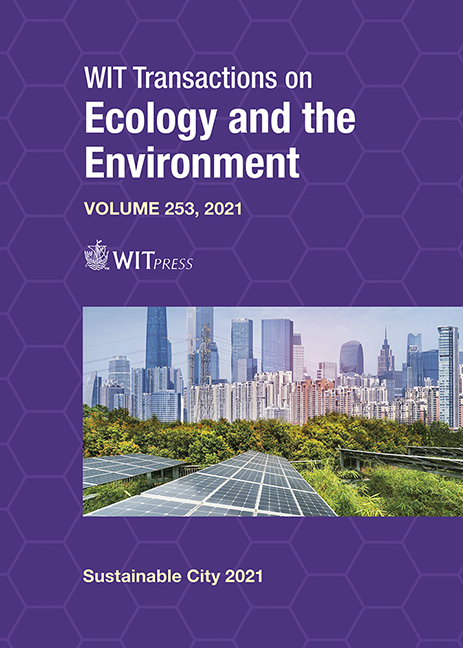ASPECTS OF THE PUBLIC DOMAIN IN REGENERATING WATERFRONTS: A CASE STUDY OF BELGRADE’S WATERFRONT, SERBIA
Price
Free (open access)
Transaction
Volume
253
Pages
9
Page Range
173 - 181
Published
2021
Size
1,318 kb
Paper DOI
10.2495/SC210151
Copyright
Author(s)
NATAŠA DANILOVIĆ HRISTIĆ, NEBOJŠA STEFANOVIĆ, SAŠA MILIJIĆ
Abstract
The paper is a presentation of the evolution of the treatment of urban public land in the urban planning and design of the regenerated waterfront area, in different social conditions. The authors assess the certainty of achieving high quality urban space, by comparing the circumstances and aspects of the public domain. For several decades, urban plans have declared change of land use for the attractive Sava river basin (and the Danube) in Belgrade, with the purpose of relocating industrial warehouses and traffic facilities such as the train and bus stations. In order to initiate the process of regenerating a new area of the city, between the historical core and the newest and most modern part of the city, at the end of the 20th century local and international urban planners and architects were invited to propose uses and forms for the future waterfront skyline in the so-called “Project for the 3rd Millennium”. The purpose of the project was to produce a multifunctional connection with the river between two parts of the city, both different in their development concepts. The accent was on the public domain: culture, education, entertainment, and tourism, which included planning new buildings for museums, venues for opera and ballet, and concert halls, as well as scientific centres, hotels, etc., with pedestrian promenades and greenery. Unfortunately, mainly because of the political situation and economic crisis, but also because of unrealistic ideas and foundations of the concept, the implementation failed. The future development depended on political will and demanded enormous investment, and it also had to wait for the next three decades. Belgrade’s Waterfront project that started several years ago is based on this general idea to change the area’s appearance, but with significant exceptions. It is officially a result of foreign investment, and the concept was not a result of open urban competition, but rather based on a 3D model developed abroad, in addition to which, a percentage of public land was given over for residential and commercial structures, and the height of some buildings changed the skyline of Belgrade’s hill completely. All of these issues have been bitterly criticized by the professional and wider public.
Keywords
Waterfront, Regeneration, public land, urban competition, urban plan





